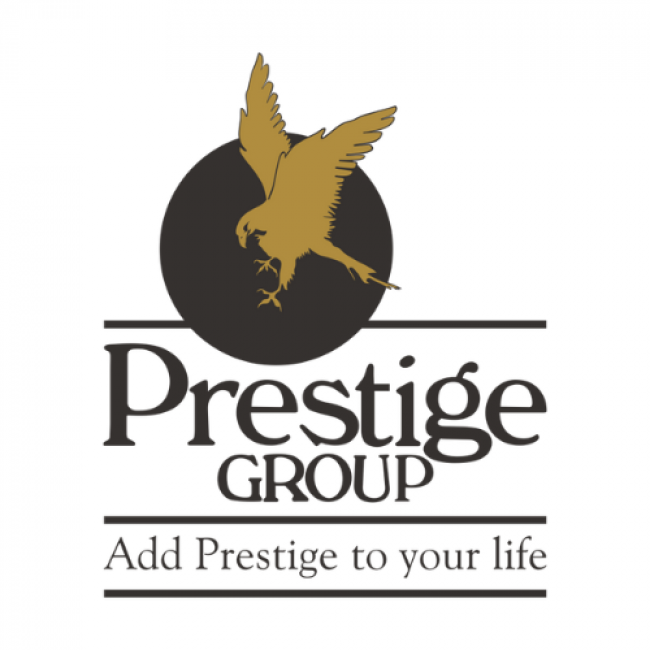
A tummy tuck, or abdominoplasty, can dramatically improve your abdominal contour and overall appearance. Whether you've chosen a traditional tummy tuck, mini tummy tuck, endoscopic tummy tuck, tummy tuck with liposuction, reverse abdominoplasty, circumferential abdominoplasty, or fleur de lis abdominoplasty in Dubai, maintaining your results requires a proper diet and exercise plan. This article provides a comprehensive guide to the best diet and exercise plan after your tummy tuck in Dubai, along with a brief overview of tummy tuck types, costs in Dubai, and before and after transformations.
Types of Tummy Tuck Procedures
Traditional Tummy Tuck:
Procedure: Involves a horizontal incision from hip to hip and around the navel to remove excess skin and tighten abdominal muscles.
Ideal For: Individuals with significant skin laxity and muscle separation.
Benefits: Comprehensive removal of excess skin and fat, along with muscle tightening.
Mini Tummy Tuck:
Procedure: Focuses on the area below the navel with a smaller incision.
Ideal For: Patients with a mild to moderate amount of excess skin and fat.
Benefits: Less invasive with a shorter recovery period and minimal scarring.
Endoscopic Tummy Tuck:
Procedure: Minimally invasive, using an endoscope for guidance, involving small incisions.
Ideal For: Patients with minor skin laxity and muscle separation.
Benefits: Minimal scarring and quicker recovery.
Tummy Tuck with Liposuction:
Procedure: Combines liposuction to remove fat with a tummy tuck to address skin and muscle concerns.
Ideal For: Achieving a more sculpted look by addressing both fat and skin.
Benefits: Enhanced body contouring and fat removal.
Reverse Abdominoplasty:
Procedure: Involves an incision along the lower edge of the breast to lift the abdominal skin upwards.
Ideal For: Individuals with excess skin in the upper abdomen.
Benefits: Targets and lifts the upper abdomen effectively.
Circumferential Abdominoplasty:
Procedure: Extends around the entire waistline, addressing the abdomen, flanks, and back.
Ideal For: Patients who have lost significant weight and need comprehensive body contouring.
Benefits: Provides a uniform and complete contouring effect.
Fleur de Lis Abdominoplasty:
Procedure: Involves both a vertical and horizontal incision for extensive skin removal and tightening.
Ideal For: Patients with extensive skin laxity, especially after massive weight loss.
Benefits: Significant tightening and reshaping of the abdomen.
Tummy Tuck Costs in Dubai
The cost of a tummy tuck in Dubai varies based on the type of procedure, the surgeon's expertise, and the clinic's reputation.
These costs generally cover the surgeon’s fee, anesthesia, operating room facilities, and post-operative care. It’s crucial to confirm the full breakdown of costs during your consultation.
Before and After Images
Before and after images are essential for setting realistic expectations and evaluating potential outcomes. Many clinics in Dubai provide these images on their websites or during consultations, showcasing the transformation and highlighting improvements in abdominal contour and skin tightness.
The Best Diet Plan After a Tummy Tuck
Stay Hydrated:
Drink plenty of water to aid in recovery and maintain skin elasticity.
Protein-Rich Foods:
Incorporate lean proteins like chicken, fish, beans, and legumes to help repair tissues and muscles.
Fiber-Rich Foods:
Eat plenty of fruits, vegetables, and whole grains to avoid constipation, which can strain your abdominal muscles.
Healthy Fats:
Include healthy fats from sources like avocados, nuts, and olive oil to support overall health and healing.
Avoid Processed Foods:
Steer clear of sugary and processed foods that can lead to inflammation and bloating.
Small, Frequent Meals:
Eat small, balanced meals throughout the day to maintain energy levels and avoid overeating.
The Best Exercise Plan After a Tummy Tuck
Initial Recovery Period (Weeks 1-4):
Rest and Gentle Movements: Focus on rest and gentle movements to avoid straining your abdomen.
Light Walking: Begin with short, light walks to promote circulation without overexerting yourself.
Intermediate Recovery (Weeks 4-8):
Gradual Increase in Activity: Gradually increase your activity level, but avoid heavy lifting or strenuous exercises.
Core Stability Exercises: Start with light core stability exercises, such as pelvic tilts, under your surgeon’s guidance.
Long-Term Maintenance (After 8 Weeks):
Regular Cardio: Incorporate regular cardio activities like walking, cycling, or swimming to maintain overall fitness.
Strength Training: Slowly reintroduce strength training, focusing on all major muscle groups.
Core Exercises: Continue to strengthen your core with exercises like planks and gentle abdominal workouts.
Conclusion
A tummy tuck in Dubai can provide significant improvements in abdominal contour and overall confidence. To maintain your results, it’s crucial to follow a healthy diet and exercise plan. By incorporating balanced nutrition and a gradual, structured exercise routine, you can ensure long-lasting results and enjoy the full benefits of your tummy tuck. Always consult with your surgeon before starting any new diet or exercise regimen to ensure it aligns with your specific recovery needs and goals
A tummy tuck in Dubai offers remarkable benefits, transforming your abdominal profile and boosting your confidence. However, achieving and maintaining optimal results requires a commitment to a healthy lifestyle, including a balanced diet and a well-structured exercise plan. Here’s a detailed look at how you can effectively manage your post-tummy tuck care for long-lasting results.
Firstly, hydration plays a crucial role in the recovery process. Drinking plenty of water aids in maintaining skin elasticity and overall body function, which is essential for healing. Alongside this, incorporating a diet rich in lean proteins supports tissue repair and muscle recovery. Proteins from sources such as chicken, fish, beans, and legumes are vital for rebuilding your body post-surgery.
Fiber-rich foods, including fruits, vegetables, and whole grains, should be a staple in your diet to prevent constipation, which can strain your newly tightened abdominal muscles. Additionally, integrating healthy fats from avocados, nuts, and olive oil can support overall health and reduce inflammation, promoting a smoother recovery process.
Avoiding processed and sugary foods is critical, as these can lead to inflammation and bloating, potentially hindering your healing process. Instead, focus on eating small, balanced meals throughout the day to maintain energy levels and avoid overeating.
On the exercise front, start with gentle movements and light walking during the initial recovery period (weeks 1-4) to promote circulation without putting undue stress on your abdomen. As you transition into the intermediate recovery phase (weeks 4-8), gradually increase your activity level, incorporating light core stability exercises like pelvic tilts under your surgeon’s guidance.
Long-term maintenance, beginning after 8 weeks, should include regular cardiovascular activities such as walking, cycling, or swimming to keep your overall fitness in check. Slowly reintroduce strength training, focusing on all major muscle groups to enhance muscle tone and support your new physique. Core exercises, like planks and gentle abdominal workouts,











